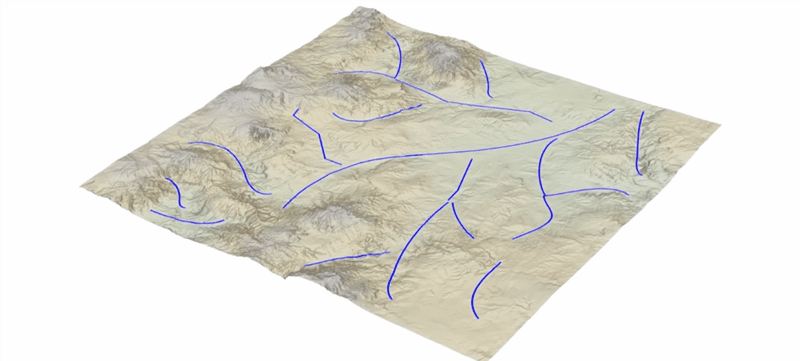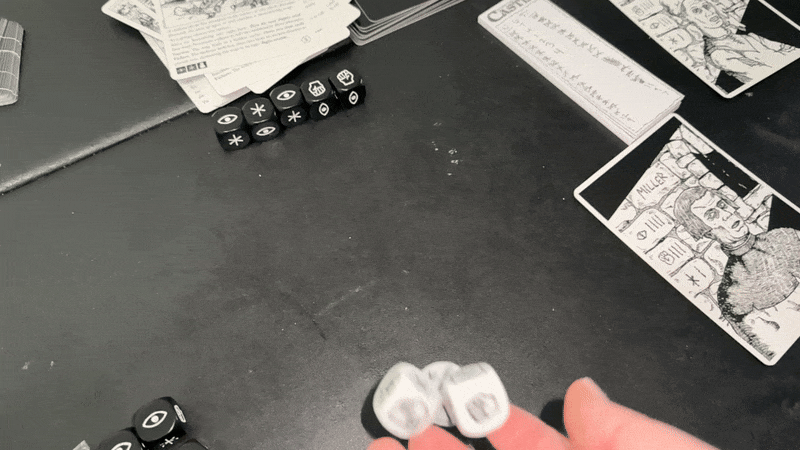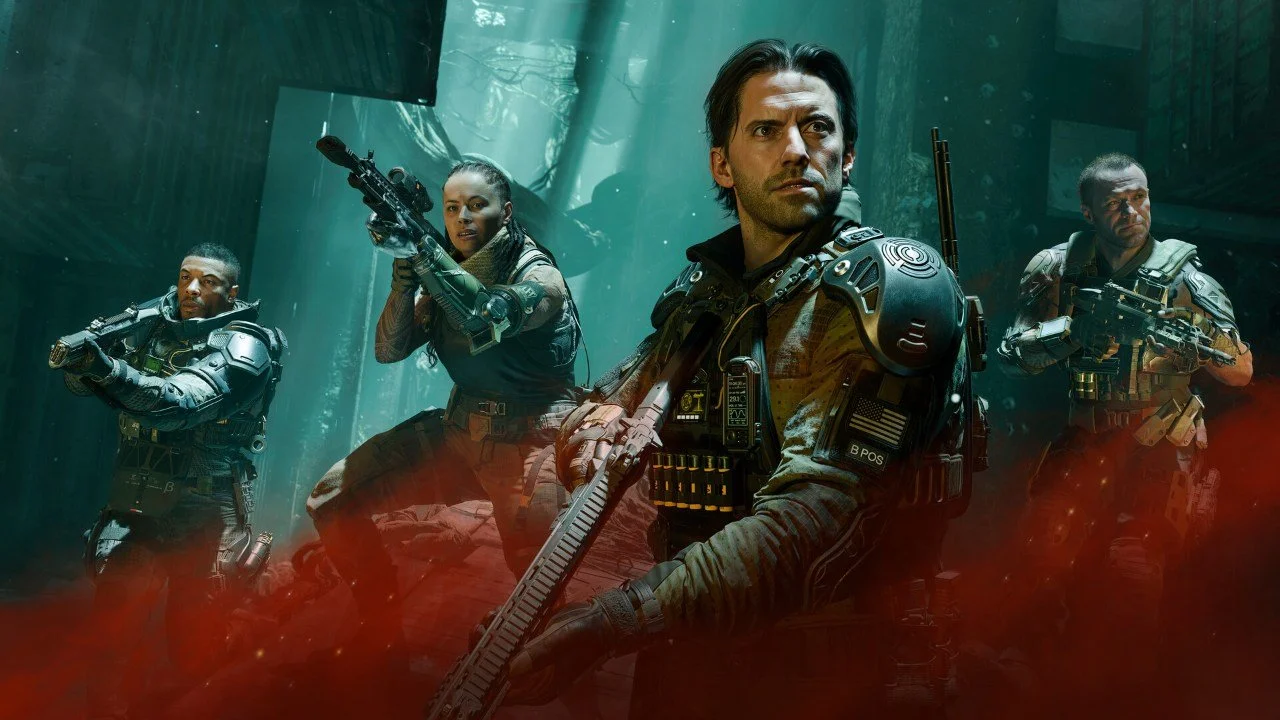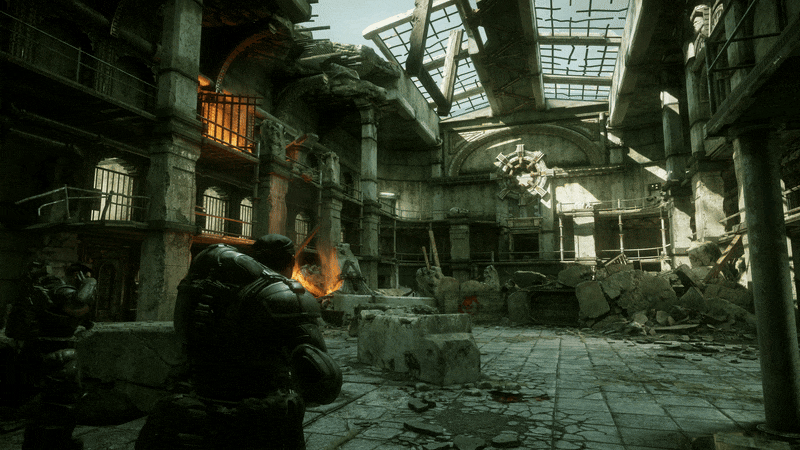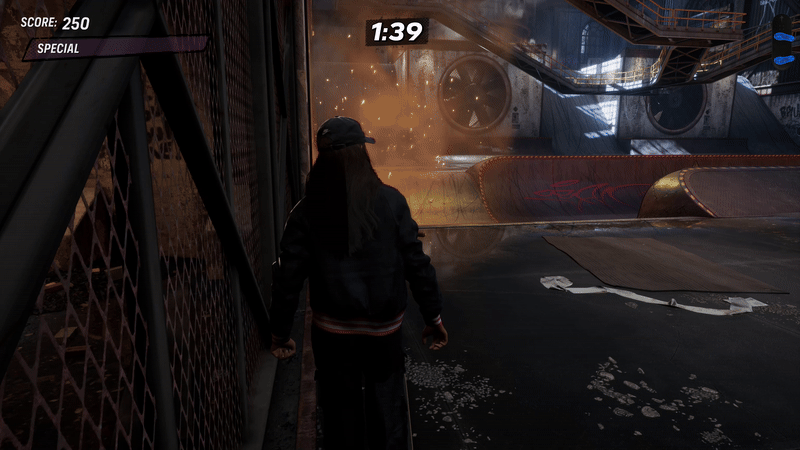Technology.... It was created by us humans to make our lives easier. Many processes over time have been automated to save time and labour on monotonous tasks, especially when it came to large factories producing thousands of goods.
Now game developers want to use artificial intelligence to help them in creating game worlds. Purdue and Ubisoft have been working hard at the University of Lyon, researching and developing ways in which AI can take this huge tasks off human hands. They have even published a paper on the ability of AI in creating 3d landscapes for future games. You have to love the title of the paper: 'Interactive Example-Based Terrain Authoring with Conditional Generative Adversarial Networks'.
Our method consists of a training pre-processing step and an interactive authoring step. The pre-processing step uses a set of example data-sets to produce a set of units called Terrain Synthesizers that are at the heart of our pipeline. A Terrain Synthesizer takes an input sketch or annotated terrain and produces an output or modi!ed terrain.
In English, that just means that someone still needs to input a basic outline of the world, and the AI will create the 3D landscapes, terrain, mountains and rivers for you. The paper also explains how hard it is for human designers to properly depict decades of wear and erosion on the terrain, but with an algorithm they have developed the AI can create those weathering effects for you.
So far they have created four different types of terrain synthesizers, and I'm going to summarize them for you right here with less technical jargon:
- Sketch to Terrain: You give the AI a sketch with indications of rivers, ridges and altitude and the S synth develops 3D terrain graphics.
- Levelset to Terrain: You give the AI a levelset image with various levels indicating the different terrain and topographic information and the L synth transforms it into 3D.
- Eraser: You specify a part of the landscape that needs to be erased and the R synth will complete the missing pieces for you thereafter.
- Erosion: E synth Combines your input terrain with an erosive terrain to create that weathering effect.
Here is an example of the different input levels and the effect it would have on terrain development.
I'll leave you to read the rest of the document if you're interested. Using technology to leverage game world creation and then leaving our developers with the time and energy to then fill that world with items and quests could become very exciting. After all, we may reach a point where our human designer minds may run out of ideas for worlds, and this tech would become very handy.
Of course, conversely that would mean those that have gained experience doing this type of thing may not be needed anymore. Hell, even authors have turned to online digital map creations for their fantasy novels instead of paying artists to do it for them. Are we finding more innovative ways to lighten our loads, or to save the costs of developing games?
Let me know what you think about this innovative research in the comments. I'm sure we can have months of debates on this topic alone.
